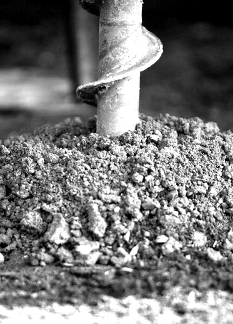Shrimp found below fracking fields
 A tiny, blind, carnivorous shrimp could hold up work in the Northern Territory's Beetaloo Basin.
A tiny, blind, carnivorous shrimp could hold up work in the Northern Territory's Beetaloo Basin.
The NT Government and gas sector are keen to begin fracking operations in the Basin area, bringing in CSIRO and Charles Darwin University researchers to study creatures in the local groundwater — also known as stygofauna.
Teams have taken samples from 26 wells and two springs across the Cabrian Limestone Aquifer, which stretches across 500 kilometres of the NT.
CSIRO researcher Dr Gavin Rees said the team discovered a rare, two-centimetre-long colourless shrimp called parisia unguis throughout the region.
This suggests that interconnected water is flowing through at least 300 kilometres of the aquifer.
“There is potential if that groundwater is perturbed, you can perturb the stygofauna, so it's an environment that you have to consider,” Dr Rees has told the ABC.
It means that any potential groundwater contamination caused by fracking could spread throughout important cattle grazing and horticulture regions.
The team has issued a report saying that as water flows very quickly through the aquifer, it is “at potential risk to possible contamination from surface spills from any source”.
The study was commissioned by the Gas Industry Social and Environmental Research Alliance; a research body funded by the gas industry and the federal government.
More research is needed to quantify the risk to the shrimp and other wildlife in the aquifer, but funding for that has not yet been secured.
Stygofauna expert Dr Stefan Eberhard says stygofauna pare needed to process carbon and nutrients in groundwater.
“I haven't seen examples of where stygofauna have actually stopped projects, but there are certainly examples in Western Australia where projects have been delayed until the proper background research has been done to understand the potential impacts,” he said.
“Projects have been subsequently modified in order to reduce and minimise those impacts.”








 Print
Print